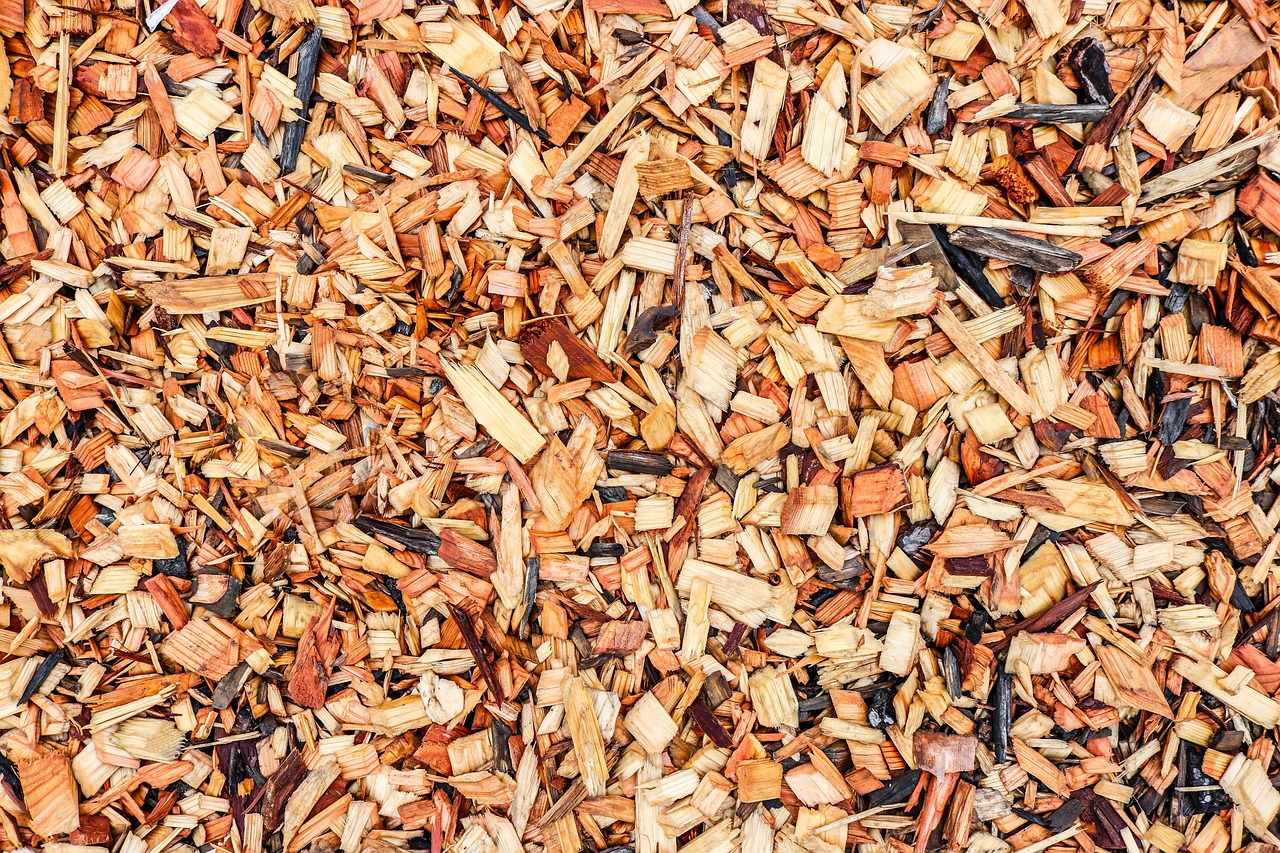Introduction
Mulching is a simple yet highly effective technique that can transform your garden into a thriving oasis of beauty and health. Whether you’re a seasoned gardener or a novice, preparing your garden bed for mulch is a crucial step in creating a vibrant and low-maintenance landscape. In this blog post, we’ll guide you through the essential steps to ensure your garden bed is ready to receive this widely used material and reap the benefits it offers.
1. Gather Your Tools and Materials
Before you begin, gather the necessary tools and materials:
– Garden gloves
– Rake or garden fork
– Shovel or spade
– Wheelbarrow or garden cart
– Compost or organic matter
– Mulch of your choice (e.g., wood chips, straw, bark)
2. Clear the Garden Bed
Start by clearing the garden bed of any debris, weeds, or unwanted plants. Use your rake, garden fork, or a hand tool to gently remove any surface-level weeds and debris. Be thorough to prevent future weed growth beneath the mulch.
3. Amend the Soil
Next, amend the soil to ensure a healthy growing environment for your plants. This step is essential for long-term success. Incorporate compost or organic matter into the existing soil to improve its structure, nutrient content, and moisture retention. Spread a layer of compost over the garden bed and work it into the soil using a shovel or spade.
4. Level the Surface
After amending the soil, use a rake to level the surface of the garden bed. Ensure it’s even and free of any lumps or bumps. A smooth surface allows for more uniform mulch coverage and provides a clean aesthetic.
5. Install Edging (Optional)
Consider installing edging around the garden bed to define its boundaries and prevent mulch from spilling onto adjacent pathways or lawns. Edging materials can range from bricks and stones to metal or plastic landscape edging.
6. Apply a Weed Barrier (Optional)
If weed control is a significant concern, you can install a weed barrier fabric over the soil before applying mulch. This barrier helps prevent weed growth while allowing moisture to penetrate.
7. Choose and Apply
Select the type of mulch that best suits your garden’s needs and aesthetic preferences. Common mulch options include wood chips, bark mulch, straw, and compost. Spread a layer of mulch evenly over the prepared garden bed, aiming for a thickness of 2 to 4 inches. Be mindful not to pile mulch directly against the base of plants or tree trunks, as this can trap moisture and encourage rot.
8. Maintain Proper Thickness
Mulch gradually breaks down over time, so it’s essential to monitor and maintain the mulch thickness. As it decomposes, add a fresh layer of mulch to maintain the desired thickness and reap the benefits of weed suppression, moisture retention, and temperature moderation.
Conclusion
Preparing your garden bed is a fundamental step in creating a thriving and beautiful landscape. By following these steps and taking the time to prepare the soil, clear debris, and apply mulch correctly, you’ll create an environment that promotes healthy plant growth, reduces weed competition, conserves moisture, and enhances the overall beauty of your garden. Embrace the simplicity and effectiveness of mulch, and watch your garden flourish.

Be The First To Comment